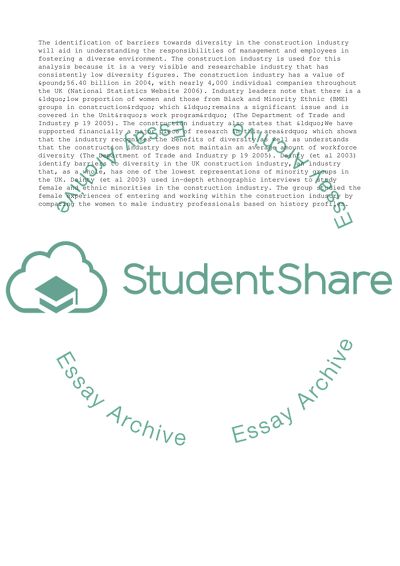Cite this document
(“Managing Diversity and Equality Master Essay Example | Topics and Well Written Essays - 2750 words”, n.d.)
Retrieved from https://studentshare.org/business/1500910-managing-diversity-and-equality-master-essay
Retrieved from https://studentshare.org/business/1500910-managing-diversity-and-equality-master-essay
(Managing Diversity and Equality Master Essay Example | Topics and Well Written Essays - 2750 Words)
https://studentshare.org/business/1500910-managing-diversity-and-equality-master-essay.
https://studentshare.org/business/1500910-managing-diversity-and-equality-master-essay.
“Managing Diversity and Equality Master Essay Example | Topics and Well Written Essays - 2750 Words”, n.d. https://studentshare.org/business/1500910-managing-diversity-and-equality-master-essay.


